Everyone knows it’s dangerous to play with electricity. If a strong enough electrical current runs through your body, it can overpower the electrical messages your body sends to your brain, or even stop your heart! Fortunately, kids science has some easy elementary science experiments you can do that are safe to try at home. Experiment
Everyone knows it’s dangerous to play with electricity. If a strong enough electrical current runs through your body, it can overpower the electrical messages your body sends to your brain, or even stop your heart! Fortunately, kids science has some easy elementary science experiments you can do that are safe to try at home.
Experiment 1: Dancing dots
- Tear up a few pieces of paper (tissue paper works best) into little dots and spread them out in a pile.
- Wet a plastic comb or brush and run it several times through your hair.
- Bring the comb close to the paper dots. If you brushed your hair enough, the dots should dance!
What’s Happening?
Everything in the world, including your hair, is made up of tiny particles called atoms. An atom is made up of a hard clump of positive (+) protons, surrounded by whizzing negative (-) electrons. There are usually the same number of protons and electrons in an atom, so they cancel each other out.
When you run the comb through your hair, the comb starts grabbing electrons from the atoms in your hair. When there are more electrons than protons on the comb, you create a negative electrical charge.
The paper dots are attracted to the negative charge, and the paper is light enough that you can use the comb to pick them up.
Try touching the comb with a finger of your other hand. What happens? The dots all fall off! This is because the extra electrons in the comb move into your finger. If there’s no negative charge on the comb anymore, there’s nothing to hold the dots on, and they will fall.
Experiment 2: Water Wizard
- Turn on a faucet until you have a very thin stream of water. The thinner the better.
- Run a plastic comb through your hair several times.
- Hold the comb near the water. The water should bend toward it!
What’s Happening?
The neutral particles in the water are attracted to the negative charge you built up on the comb.
Experiment 3: Build a Battery
This experiment is a little more complicated, but the things you need should be available at a hardware store. You will need:
- citrus fruit (like oranges or lemons) or a potato
- something copper (like a nail or coin or metal strip)
- a piece of zinc (about the same size as your piece of copper)
- 2 wires with crocodile clamps
- a small LED light or a voltmeter
- Press down on the fruit and roll it around on a hard surface to break open the juice inside.
- Get an adult to help you make a small cut into the skin of the fruit and push the copper in. Leave the end of it sticking out.
- Make a small cut into the other side of the fruit and push the zinc in.
- Connect the end of your first wire to the copper, and the end of your second wire to the zinc.
- Connect the other ends of both wires to the LED or voltmeter. You should see an electric charge!
What’s Happening?
Combining metal with acid (like lemon juice) causes a chemical reaction that creates positive and negative particles around each piece of metal. The negative particles will move through the wires from one piece of metal to the other, which causes an electric current. If the reaction is strong enough, it can even power a light bulb!
Post by Sarah

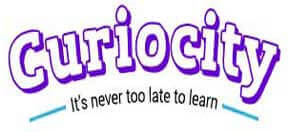


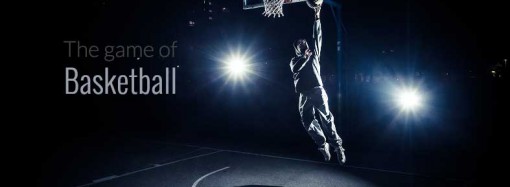
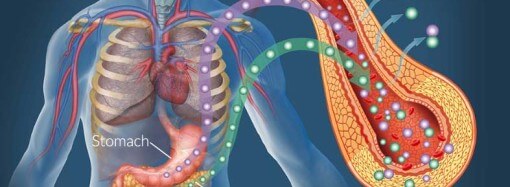



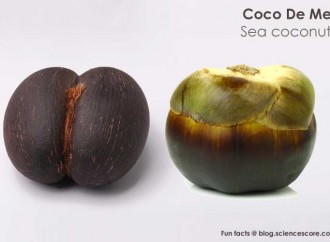





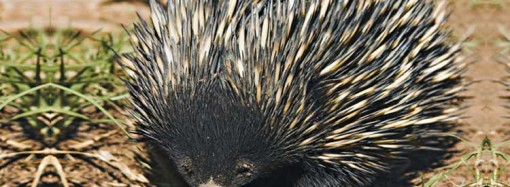
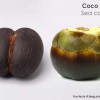


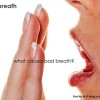








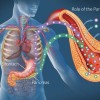


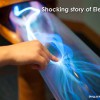


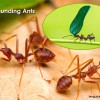













Leave a Reply